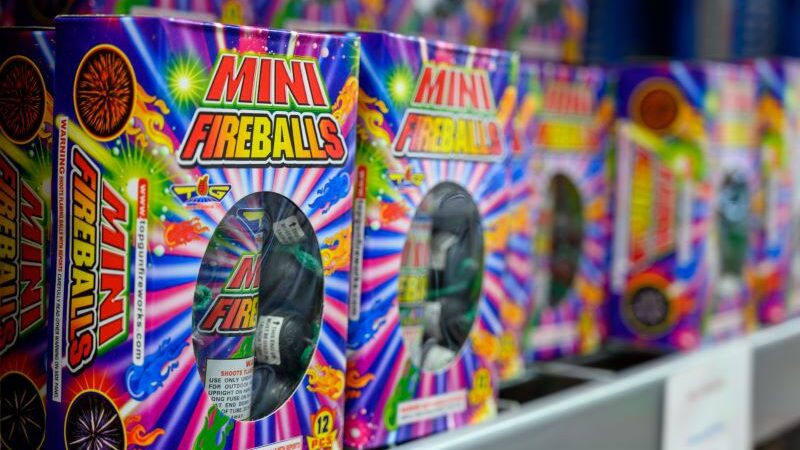Article by Dale Grant – Marketing Coordinator
Fireworks have long been a staple of our celebrations, lighting up fairs, festivals, sporting events, and especially Independence Day holiday. However, the “fire” in fireworks raises an important question: What fire protection standards are in place for the manufacturing, storage, and transportation of these explosive items? To answer this, we turn to NFPA 1124, the key set of guidelines ensuring safety in all aspects of fireworks handling.
What is NFPA 1124?
NFPA 1124 is a set of rules that guide the safe manufacturing, storage, and transportation of fireworks. Here are the main points covered by these important rules.
Key Aspects of NFPA 1124
NFPA 1124 starts by explaining key terms like “fireworks” and “pyrotechnics” to ensure everyone understands the same language. It also outlines general safety practices, stressing the need to assess and manage risks.
For manufacturing safety, fireworks factories must use fire-resistant materials, have good ventilation, and include measures to control explosions. Proper handling of materials, using protective gear, and preventing static electricity are also key safety practices.
When it comes to storage safety, storage buildings must be fire-resistant and designed to keep different types of fireworks separate to avoid accidental fires. Safe storage practices include keeping storage units apart, controlling the environment, and doing regular inspections.
Transportation safety is another critical area covered by NFPA 1124. Fireworks must be packed and labeled according to standards for safe transport and easy hazard identification. Transport vehicles must meet construction and maintenance standards and be properly marked. Safe transport practices include guidelines for loading, unloading, and handling fireworks safely, along with driver training and emergency preparedness.
For retail safety, stores selling fireworks must use fire-resistant materials, have enough exits, and follow specific display guidelines. Retail practices include limiting the quantities of fireworks on display, keeping clear paths, and providing safety information to customers.
Fire protection and emergency response are crucial aspects of NFPA 1124. Installing and maintaining sprinklers, fire alarms, and fire extinguishers is mandatory. Facilities must have plans for evacuations, fire suppression, and communication with emergency services.
Regular inspections and maintenance are essential to ensure ongoing safety. Facilities, equipment, and storage areas need regular checks to ensure they meet safety standards. Maintenance procedures for fire protection systems, electrical systems, and other crucial infrastructure must be followed.

Best Practices for Fireworks Safety
Implementing NFPA 1124 effectively involves adopting some best practices. Regular training sessions for staff on fire safety, emergency response procedures, and proper handling of fireworks are crucial. Scheduled inspections of storage areas, electrical systems, and fire suppression equipment ensure compliance with NFPA standards and early detection of potential hazards. Installing automatic fire suppression systems, like sprinklers designed for high-hazard areas, can significantly reduce the spread of fire in case of ignition. Ensuring proper segregation of fireworks based on chemical compatibility minimizes the risk of accidental ignition or explosion.
NFPA 1124 provides essential guidelines for the safe handling of fireworks. Following these rules can significantly reduce fire and explosion risks, protecting both people and property. For more details, consult a certified fire safety professional or visit the NFPA website. Stay informed, stay compliant, and most importantly, always prioritize fire safety in fireworks handling.

